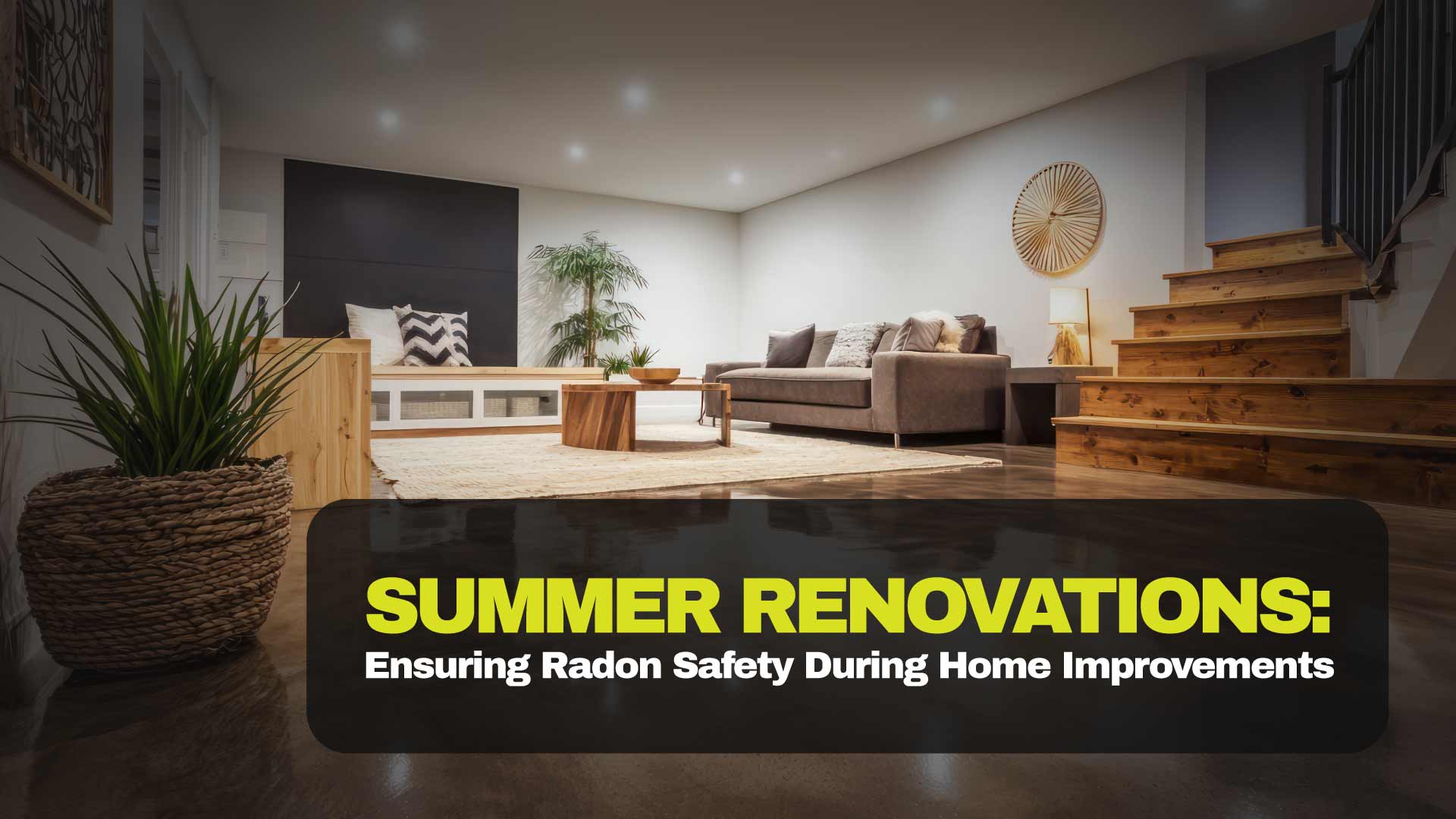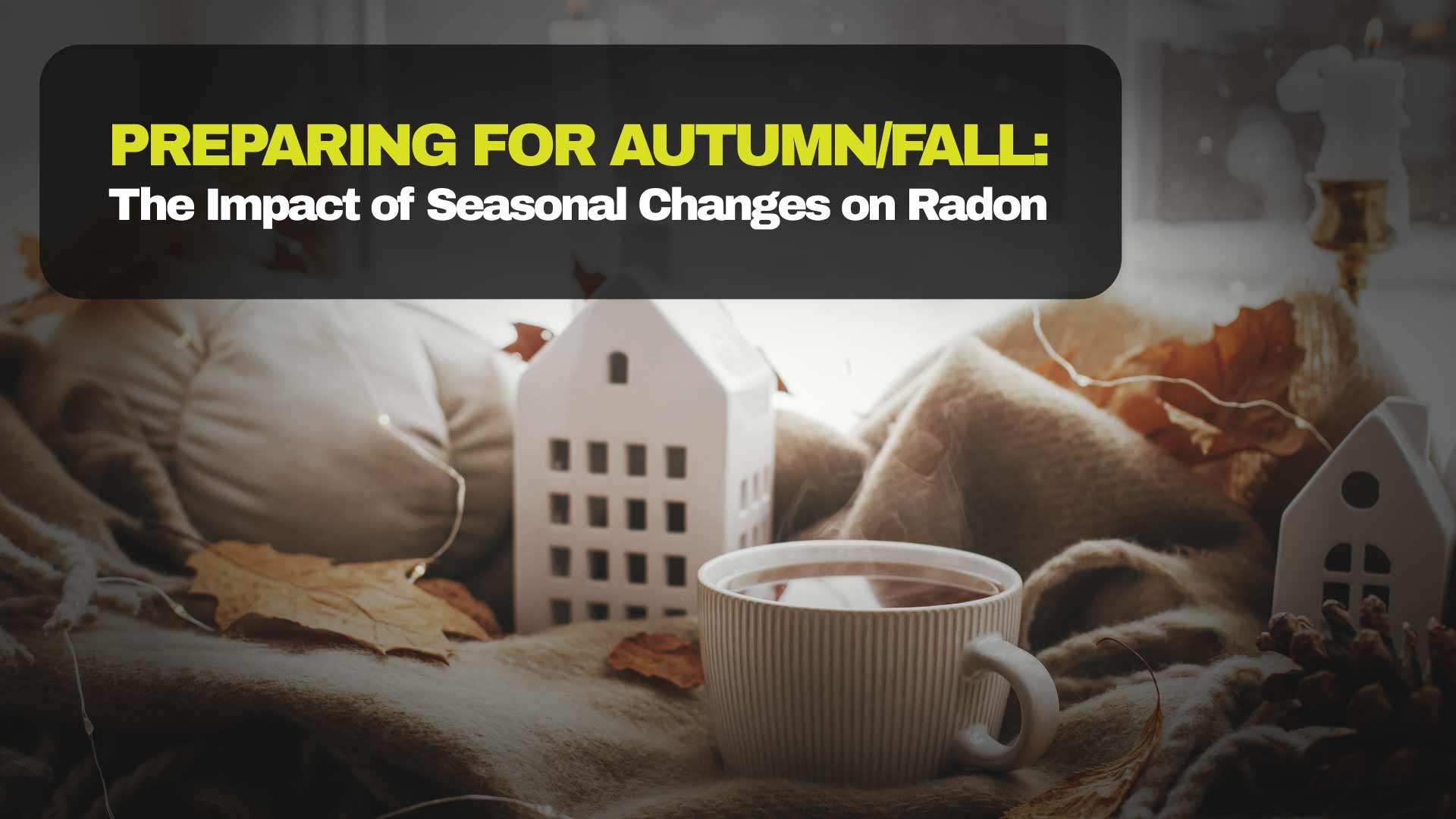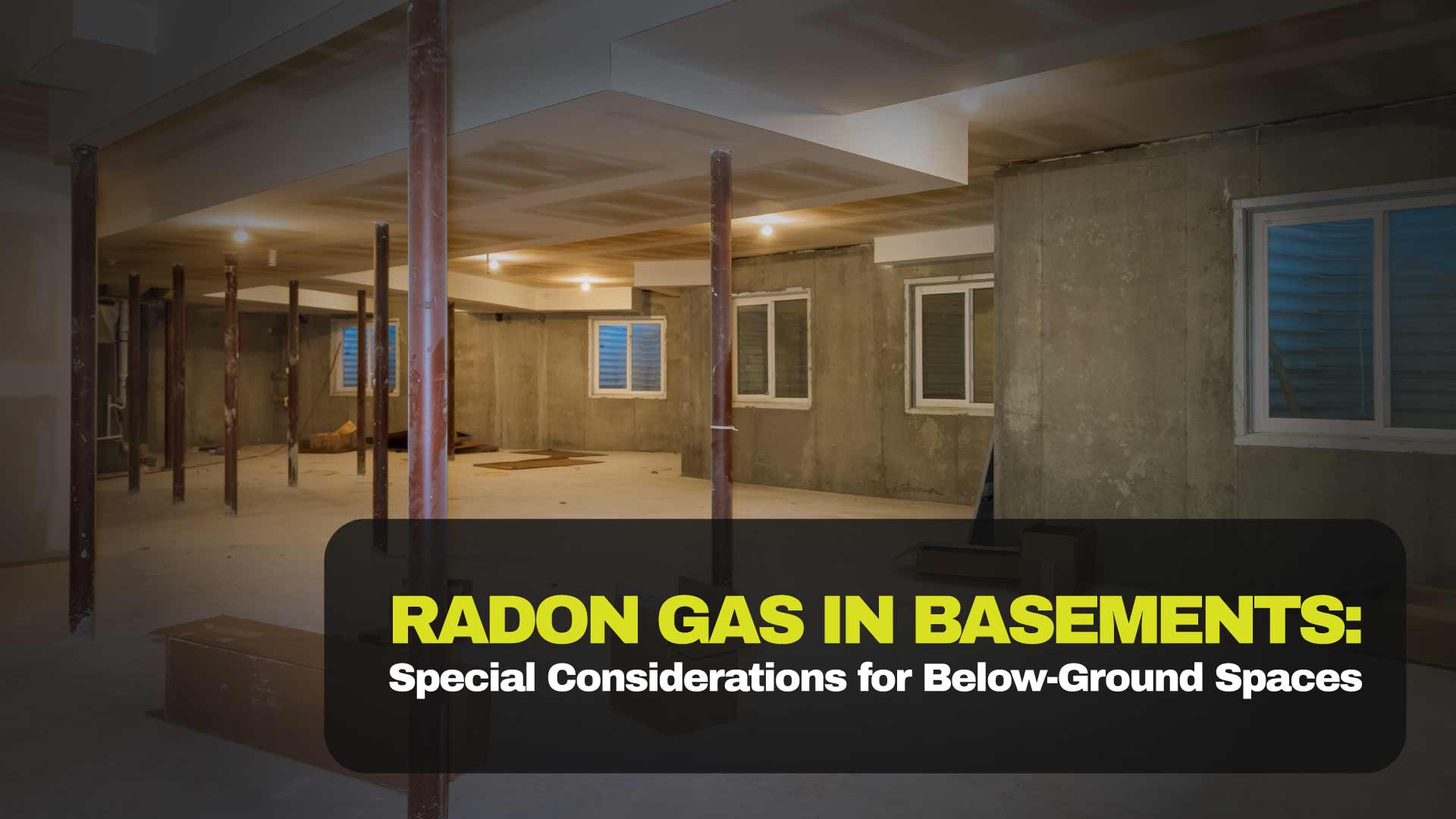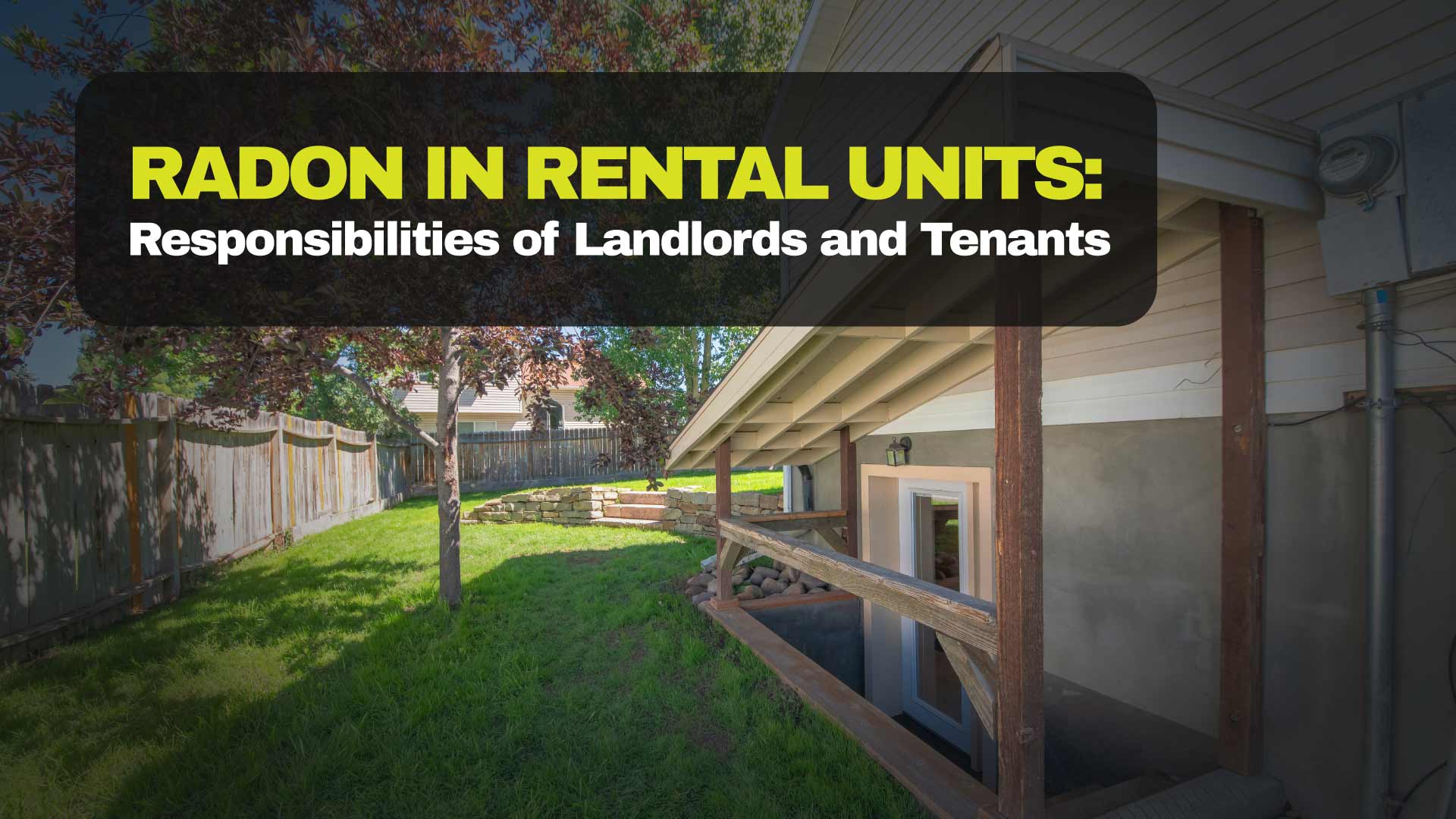Intro
Renovating your home this summer? Learn how projects like basement finishing, new flooring, and ventilation upgrades can affect your home’s radon levels—and how to stay safe while improving your space.
Renovating? Don’t Forget About Radon
Home renovations are a great way to increase comfort, functionality, and property value. But many homeowners overlook how renovation work can impact radon levels—especially in the basement or ground floor where radon intrusion is most common.
Radon, a radioactive gas naturally released from the soil, enters homes through cracks and gaps in the foundation. Since it’s invisible and odourless, it can go unnoticed unless proper testing is done—especially after major structural changes.
How Summer Renovations Can Affect Radon Levels
1. Basement Renovations
Basements are typically the highest-risk areas for radon accumulation. If you’re framing, insulating, drywalling, or finishing a basement, these changes can:
- Alter air pressure and airflow.
- Seal off existing ventilation pathways.
- Cover or conceal existing radon entry points, making detection and mitigation harder later.
Tip: Always test before and after completing basement work.
2. Installing New Flooring
New floors—especially vinyl, laminate, tile, or sealed concrete—can impact how radon moves through your foundation slab. If old flooring allowed radon to escape gradually, new, tighter materials may trap it inside the home.
Also, any subfloor or underlayment installation can unintentionally cover existing cracks without sealing them, which may lead to rising radon levels.
3. Changing Your Ventilation System
Summer is also a common time to upgrade HVAC systems or improve air circulation. However, adding new mechanical ventilation, HRVs, or dehumidifiers can:
- Create negative pressure zones, drawing more radon from the ground into the home.
- Shift how air flows between floors, changing radon concentrations.
Balance is key: Properly configured systems help reduce radon, but poor setup can make things worse.
When to Test for Radon During Renovations
Homeowners should consider radon testing at three key renovation phases:
- Before starting work, especially in the basement.
- After sealing cracks or installing new flooring.
- After major changes to HVAC or airflow systems.
Health Canada recommends a long-term test (90+ days) for the most reliable results. If time is limited, a short-term test (2–7 days) can give a preliminary reading, but follow-up is strongly advised.
What to Do If Your Radon Levels Are High
Don’t panic—radon mitigation is effective, fast, and often affordable.
Certified Radon Mitigation Includes:
- Installing a sub-slab depressurization system.
- Sealing foundation gaps and sump pits.
- Rebalancing airflow to reduce pressure-driven radon entry.
Always hire a C-NRPP-certified radon mitigation professional to ensure the job meets Canadian safety standards.
Takeaway: Build a Safer, Healthier Home
Your summer renovation is the perfect opportunity to make your home not only more beautiful—but also radon-safe. Testing before and after upgrades can prevent future health risks, protect your family, and preserve your investment.







